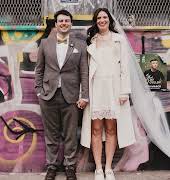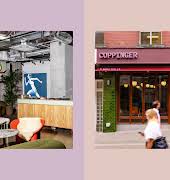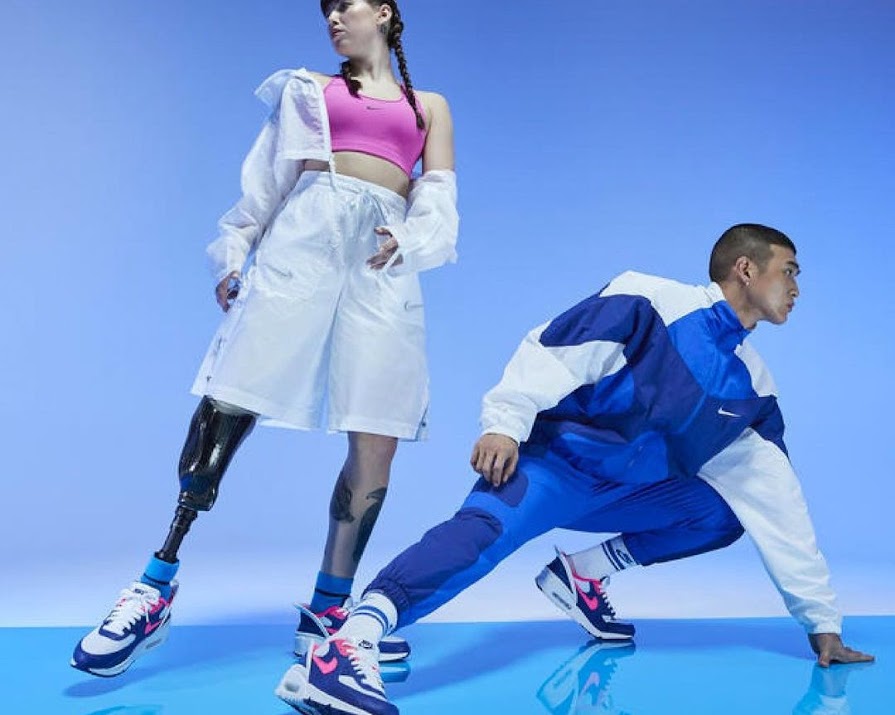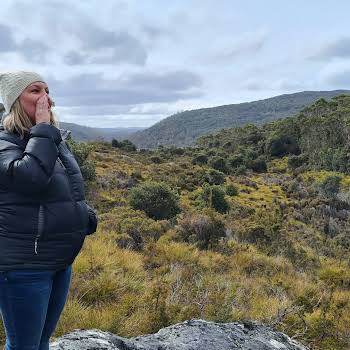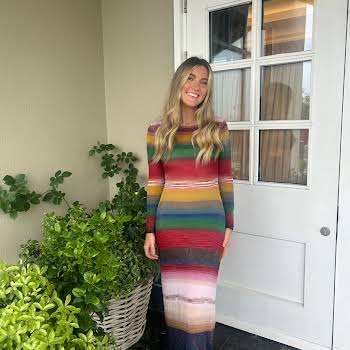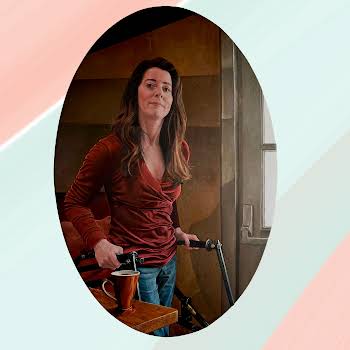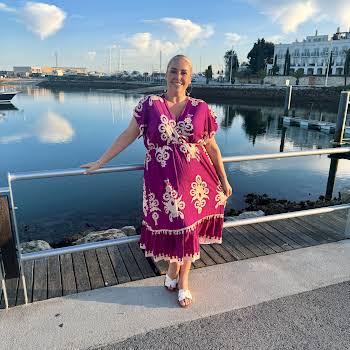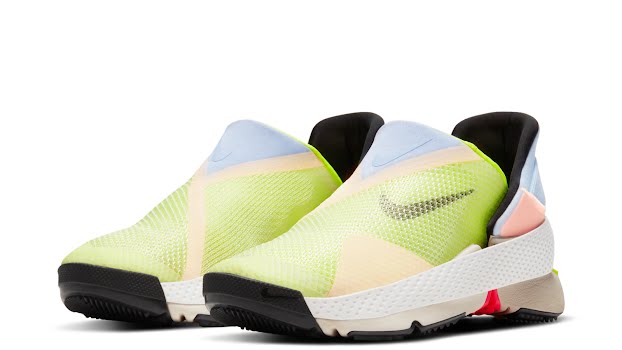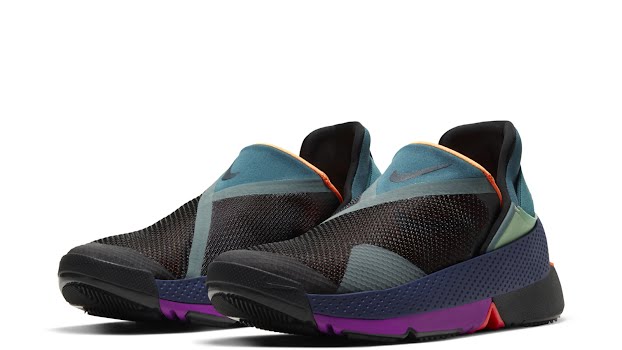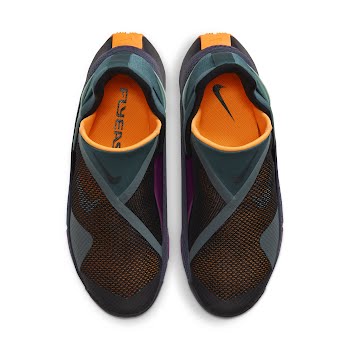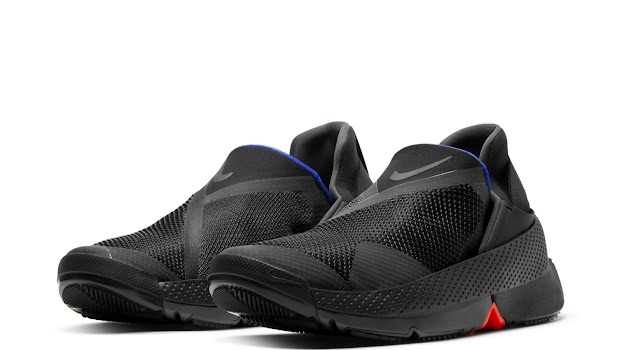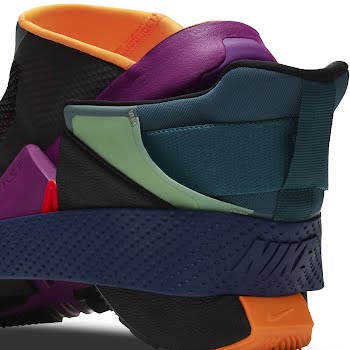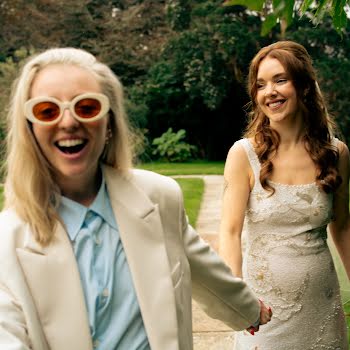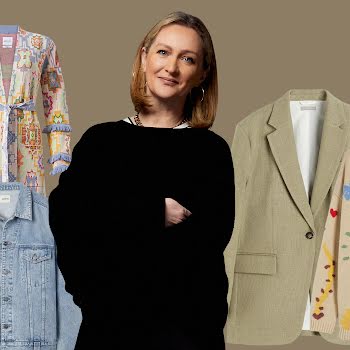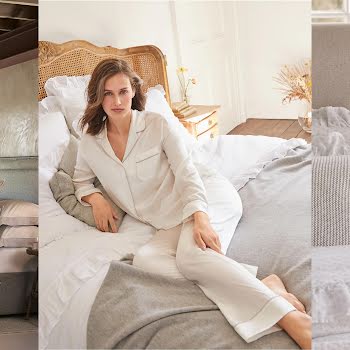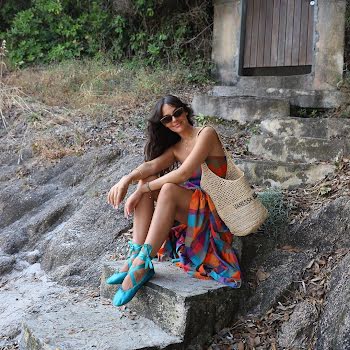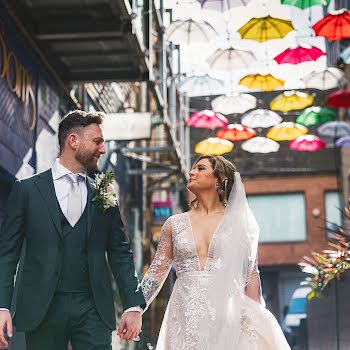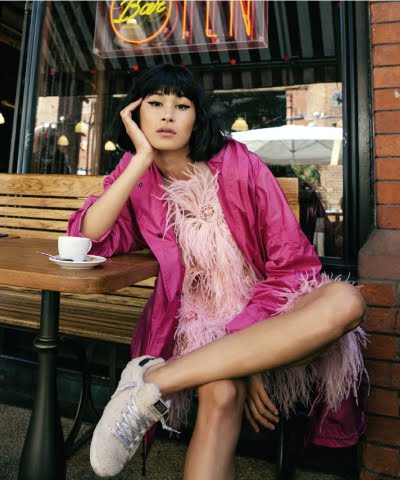
By Jennifer McShane
06th Feb 2021
06th Feb 2021
Sportswear brand Nike has released the laceless Nike GO FlyEase trainers, which can be put on and taken off without using your hands.
Available in three colourways, the style is an advancement of the brand’s FlyEase series, which was originally designed to improve the lives of athletes with disabilities, their range uses zippers and straps rather than laces.
It shouldn’t feel revolutionary, and yet it does.
As a woman with mild Cerebral Palsy (CP), one of my most laborious tasks when it comes to putting an outfit together is the act of physically putting on my shoes and attempting to tie the laces. Fun fact: I had to attend special classes when very young so that Occupational Therapists could show me how to dress with the limitations I had, and shoes were always an issue – I can just about tie laces now but a zip or a strap is much more practical. The issue is, most shoes with these features aren’t made to be fashionable so you are stuck with whatever you can get – style hardly ever comes into it.
Which is why Nike’s creation feels like a step forward. It’s taking inclusion as its selling point and modernising something that Back to the Future II spoke of years ago (remember Marty’s futuristic footwear?). And of course, it actually consulted those with disabilities while designing the shoe.
“Usually, I spend so much time [getting into] my shoes,” said Beatrice “Bebe” Vio — a fencer and Paralympic winner, who walks using prosthetic legs — in a press release. (She tested the shoe for Nike.) “With the Nike GO FlyEase, I just need to put my feet in and jump on it. The shoes are a new kind of technology, not only for adaptive athletes but for everyone’s real life.”
“Shoes for a long time have been a bit antiquated in the way that we undo the laces and then lace them up, this is a more modern, more elegant way to get in and out of your shoes and an easier way – you don’t even think about it,” added Nike design lead and American Paralympic triathlete Sarah Reinersten.
The fact is that while those with disabilities are starting to get some recognition in the industry, we know we seriously have a long way to go before anything truly different and innovative is normalised. Upon release, some Twitter users simply called the design “lazy” and “weird” – automatically dismissing a product that so obviously was not aimed at them.
If we can't even have a shoe designed to help those with disabilities without it attracting criticism for being "odd" – what hope have we got for the issues that really matter?
Inclusivity
The fact is, we don’t just need designs like these, we need them actively a part of every collection that is produced. For those that don’t know, 1 in 4 have a disability – that’s a hell of a lot of people who can and will benefit from companies and brands using creativity, fashion and technology to ensure we are included in the modern cultural landscape.
Before anyone jumps to criticize this for it’s “laziness,” instead think about how THIS is what accessibility can look like, & how this could benefit people with disabilities https://t.co/u1HKc5vYgM
— I’m Not Wearing Pants (@PikaChulita) February 1, 2021
Are they perfect? No. What the design leaves out, it looks like, is room – the footwear appears quite narrow and for anyone who must wear an Ankle Foot Orthoses (AFO) – which is most people with physical disabilities – it doesn’t look like you will actually be able to get these on without using your hands. (If you’ve not come across the AFO before, they are splints designed to support the foot and ankle improving balance and co-ordination). I have worn these almost daily for 30 years and the new iterations, unfortunately, are extremely wide and very bulky – to get any shoe over them successfully, the shoe itself must be very roomy – and until I can test these out myself, I can’t be sure they are.
But, it’s a hell of a start. And crucially, this is a line that was designed for those with disabilities in mind – but quickly adapted so that everyone would feel their benefits.
“The original concept around the shoe was to support our adaptive athletes better, but we just quickly, throughout the process, found that the shoe was really universal,” said one designer in a Behind The Design video that Nike shared.
It begs the question, why aren’t we designing clothing, products the opposite way around also? With products that can be worn by the average person but easily be modified so that those with disabilities also get the benefits?
I guess you have to start somewhere.
And even baby steps count.


